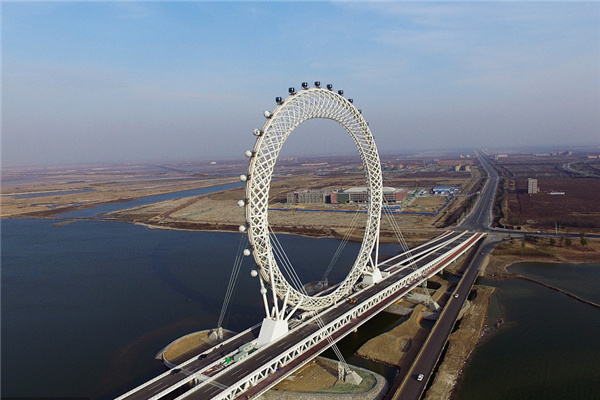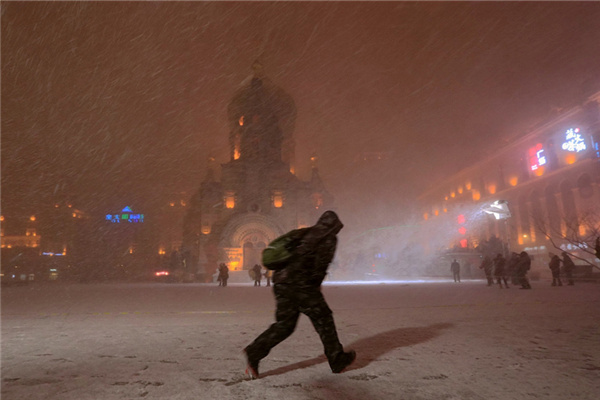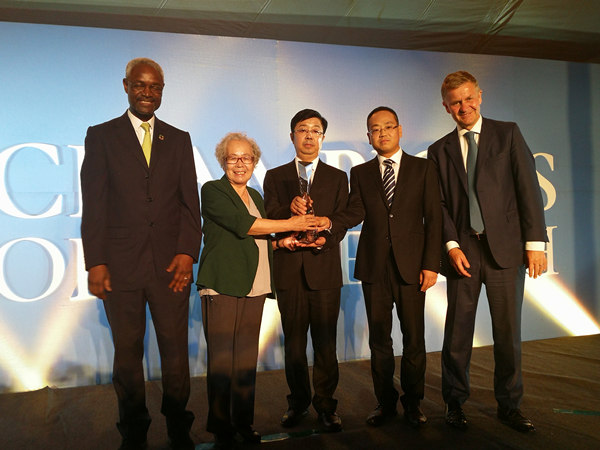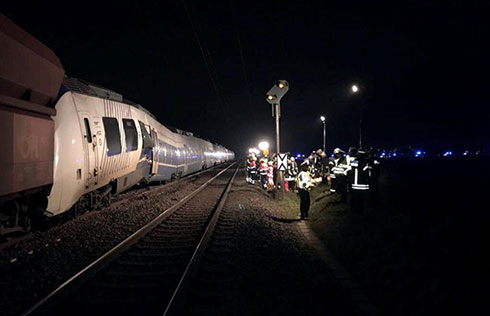


Where have the crowds gone?
The first color television using modern standards was introduced in the 1950s. Most Western families began to own color TV sets in the late 1960s. But as shown in his 1981 picture of a department store in Xidan, one of the three traditional shopping streets in Beijing, three small black-and-white TVs for sale could attract a crowd of potential buyers.
It was a time that Chinese remember as "shortage economy", where many things, from basic foods to household durables, were rationed.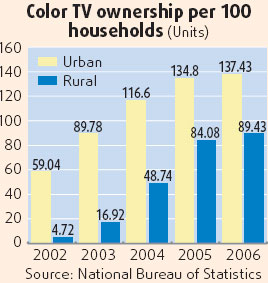
So were the TV sets. If you didn't have the ration coupon, sorry, you could only go there and have a look at how other people were getting the hot-selling commodities.
That was a time when even residents of Beijing and Shanghai could only choose between two or three TV channels. As an industry, Chinese television service was still in its infancy.
In contrast, by 2006, the television broadcasting system had effectively covered 96 percent of the mainland population, among which 139 million households were connected to the CATV cable system.
In the same year, CCTV, (China Central Television) beamed out more than 137,000 hours of broadcasting from 16 channels. Local television networks running 2,967 channels were also servicing diverse interests.
That is why, now in the evenings in Wangfujing, another traditional shopping street in Beijing, televisions no longer attract crowds - even those with giant flat color screens.
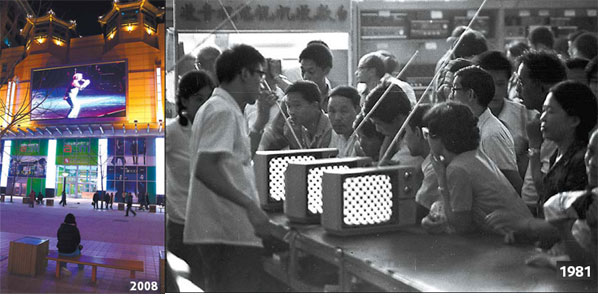
(China Daily 03/10/2008 page1)


